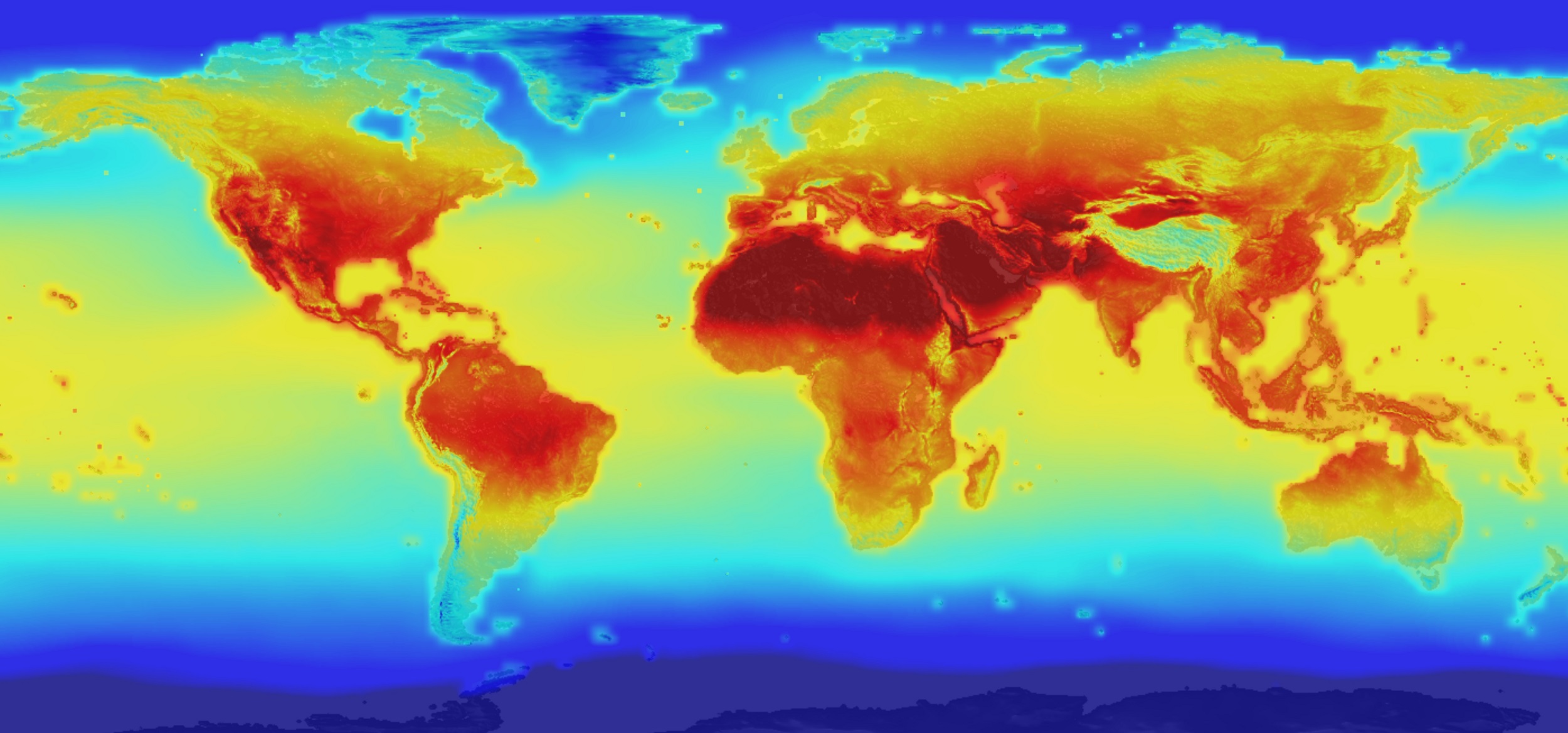
NASA Study: Earth’s Recent History Predicts The Future Global Temperatures
According to the study of NASA scientists, the estimations of global temperature impact on different climatic changes such as greenhouse gases, ozone concentrations and land use based on several years. To quantify climate change, researchers need to know the Transient Climate Response (TCR) and Equilibrium Climate Sensitivity (ECS) of Earth.

NASA showing how the Earth’s temperature in increasing gradually
Both values are projected global mean surface temperature changes in response to doubled atmospheric carbon dioxide concentrations but on different timescales. TCR is characterized of short-term predictions, ECS seems of centuries further into future, when the entire climate system has reached equilibrium and temperatures have stabilized
They made several attempts to determine TCR and ECS values regarding the history of temperature changes and the measurements of important climate drivers, like as carbon dioxide. As a part of this calculation, the researchers have depended on simplifying assumptions for the temperature impact of climate drivers except carbon dioxide. It will be known that aerosols that are emitted in volcanic eruptions act to cool Earth temporarily by reflecting solar radiation away.
Land use changes such as deforestation in northern latitudes result in the bare land will increase reflected sunlight. “The problem with that approach is that it falls way short of capturing the individual regional impacts of each of those variables,” said climate scientist Gavin Schmidt, the director of NASA’s Goddard Institute for Space Studies (GISS) in New York and a co-author on the study.

He also said that within the last ten years there has been enough available data on aerosols to abandon the simple assumption and instead attempt detailed calculations. Analysis of the results showed that these climate drivers do not necessarily behave like carbon dioxide, spread throughout the globe and produces a consistent temperature response.
Kate Marvel, a climatologist at GISS and the paper’s lead author said, “Take sulfate aerosols, which are created from burning fossil fuels and contribute to atmospheric cooling. They are more or less confined to the northern hemisphere, where most of us live and emit pollution. There’s more land in the northern hemisphere, and land reacts quicker than the ocean does to these atmospheric changes.”